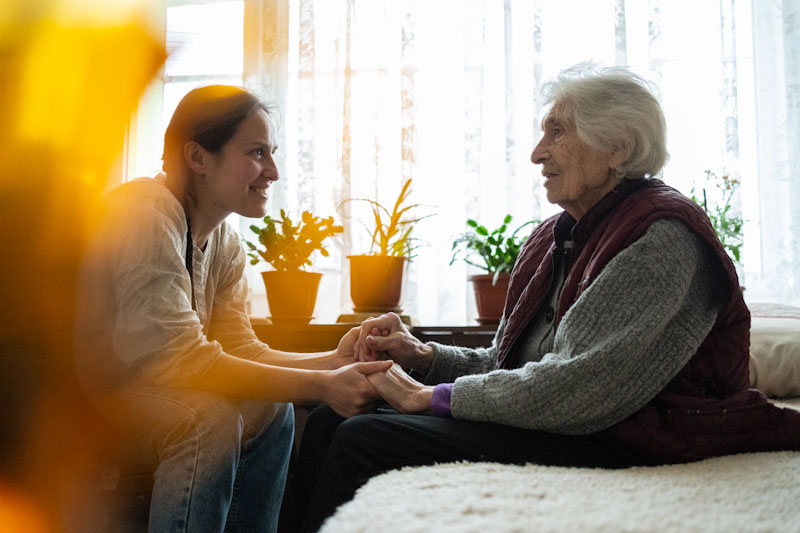Domestic violence – how you can help
Published by MAXSolutions on September 19, 2018

Domestic violence affects 470,309 Australian households each year[1].
Domestic violence caused at least 89 deaths in 2008-10; and 6,500 hospital admissions[2] in 2013-14. Victims of domestic violence often reach out to people within their community for help.
If someone reaches out to you what can you do?
Remember that the victim’s safety is the most important thing to consider. If the perpetrator discovers that their victim has told someone about the abuse, they will often receive violent reprisal[3].
If someone confides in you that they are a victim of domestic violence, you must be careful what you do with that information. Be careful that the perpetrator doesn’t find out that you know while they have access to the victim.
Separating from the abuser does not end the abuse
The most dangerous time for a victim of domestic violence is when they leave the relationship[4]. This is likely to be because the perpetrator of domestic violence aims to use fear to gain control over their victims.
Beyond the physical danger, people who have been victims of domestic violence often have no access to financial support, family support or friends as the perpetrators of domestic violence have often spent years separating their victims from these in order to gain greater control.
Many victims of domestic violence manage to escape because of the support provided by a friend, relative or colleague.
Your support is invaluable to them even if it’s just listening without judgement, or providing practical support such as a place to stay.
Victims of domestic violence can be supported in many ways[5]
- Discuss their short and long term safety needs and requirements
- Develop a safety plan
- Ensure ongoing communication and check in regularly with them
- Respect privacy and confidentiality
- Ensure they are aware of support resources such as EAP; 1800Respect; Police; and Legal Supports such as Legal Aid in your state
- Remain supportive, even if they don’t leave
- If they are in imminent danger call 0002.
If you or someone you know is affected by domestic violence you can contact your EAP to explore your options on 1800 629 277 or email support@maxsolutions.com.au.
References:
1. http://www.pwc.com.au/pdf/a-high-price-to-pay.pdf
2. http://www.aihw.gov.au/media-release-detail/?id=60129559194
3. Hegarty, K.; Forsdike-Young, K.; Tarzia, L.; Schweitzer, R.; Vlais, R.; Identifying and responding to men who use violence in their intimate relationships; The Royal Australian College of General Practitioners (2016) AFP VOL.45, NO.4, p 176 – 182.
4. Wilson, M., & Daly, M. (1993). Spousal homicide risk and estrangement. Violence and Victims, 8(1), 3-16.
Share
Tags
Found this useful?
Help and advice
Our blogs are about helping people seek the information that they need for their steps in the workforce.














_1.jpg)





























.jpeg)




















